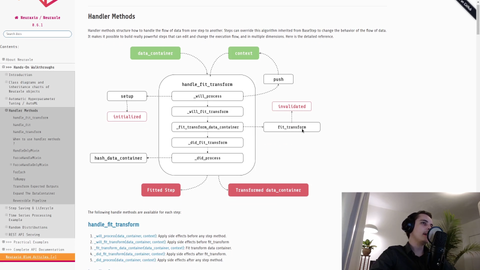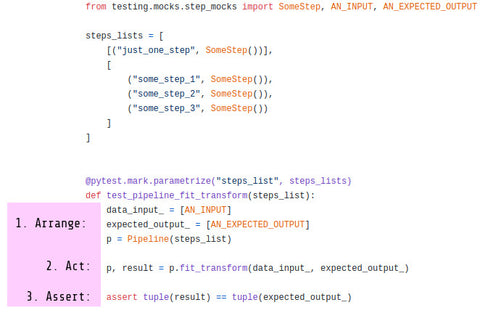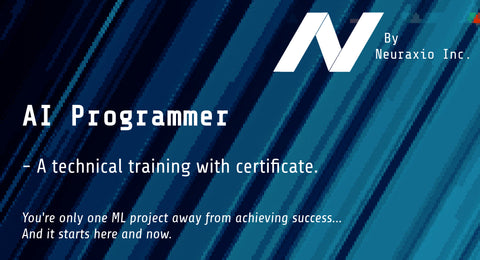How Machine Learning Will Improve the Workforce

As part of the Fourth Industrial Revolution, Artificial Intelligence (AI) and Machine Learning (ML) have become part of our daily lives. Across industries, companies have learned to rely on the convenience and insights that these innovations bring. As of 2020, almost 50% of all companies use AI and machine learning to improve operational quality. Companies that have fully integrated AI-driven tech are also estimated to earn 13% more thanks to improved services.
However, aside from enhancing external operations and increasing consumer satisfaction rates, machine learning can accelerate another critical component of business success: the human workforce.
Machine Learning and the Global Workforce
Despite concerns that AI and machine learning will eventually replace human workers, studies prove how the aforementioned technology can fuel profitable and timely changes. For instance, in Kathleen Walch’s report on global AI dominance, she mentions Japan as a first adopter of machine learning. Though most of the country’s efforts have been focused on robotics, this is seen as an integral solution to alleviate the aging population's workforce shortage. This is important in sectors like the strained healthcare system, wherein healthcare workers are vastly outnumbered by older patients. With the use of machine learning applications, tedious tasks like patient record maintenance can be automated.
Two more countries leading the adoption of machine learning within the workforce are China and the United States. After all, these countries have the largest and most well-backed AI ventures worldwide. In the U.S., there's an emphasis on machine learning complementing human workers. Among the more notable examples of this is highlighted in Ben Eubank’s book on AI within HR. He explains that companies are empowering their internal operations by using smart solutions that simplify processes and clear up production backlogs. This creates a more efficient workplace, that recent surveys show is important for attracting and retaining top talent.
Meanwhile, former Google China president Kai-Fu Lee’s book on today’s AI superpowers, explains that China’s machine learning initiatives are market-driven. This means that rather than being based on abstract ideas, the country’s efforts provide tangible benefits that the growing entrepreneurial market appreciates. For instance, since China is one of the most mobile-driven nations, machine learning providers offer companies a means to streamline their customer transactions. Rather than using an employee’s valuable time fulfilling a customer’s order, for example, their AI-powered systems can fulfill this instead. This is expected to create a faster-moving revenue stream, which in turn, can support the creation of 300 million jobs.
How to Introduce Machine Learning to Your Workforce
Of course, while machine learning will undoubtedly increase profitability and scalability for companies, it may still pose concerns for employees. After all, since the dawn of AI in the 50s, there has been a fear that machines may eventually replace us all. Though understandable, employers can address and assuage these worries to enjoy a seamless and beneficial machine learning integration.
So, before you roll out your machine learning efforts, do offer some classes to familiarize your workforce with AI. In this consultant-led training, your employees will be able to understand the technology as well as the rationale behind why you’re adopting them. Plus, here, they'll also learn about the benefits to them, as noted by Guillaume Chevalier’s article on AutoML. When your employees are aware of the technology you’re about to apply, implementation will be faster and less prone to hiccups.
Moreover, emphasize that your employees aren’t being pushed out. As stated in Kevin Cashman’s review of predictions for future automation, history has proven that technology does breed opportunities for growth and transformation. Should you be expecting consequent changes in your labor demands, explain how this will only change their job description, but not their employment.
Admittedly, there will be changes in the workforce following the mainstream adoption of AI. However, so long as companies aim to use machine learning as a means to enhance rather than replace their current workforce, there will be more long-term wins than losses. For more information on how to integrate machine learning within your workforce, visit Neuraxio.
Article exclusively for neuraxio.com by Olivia Rowe.
CC-BY



